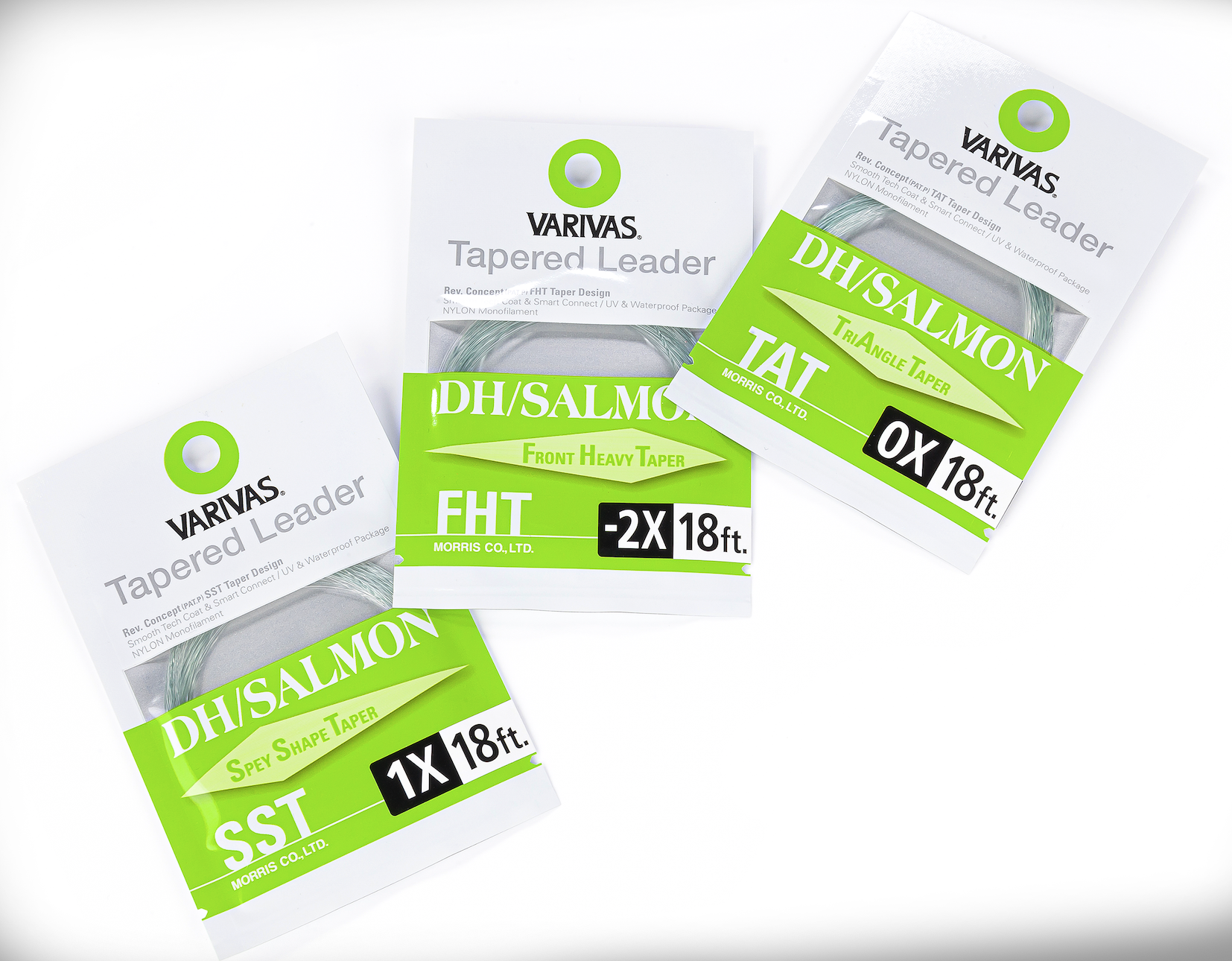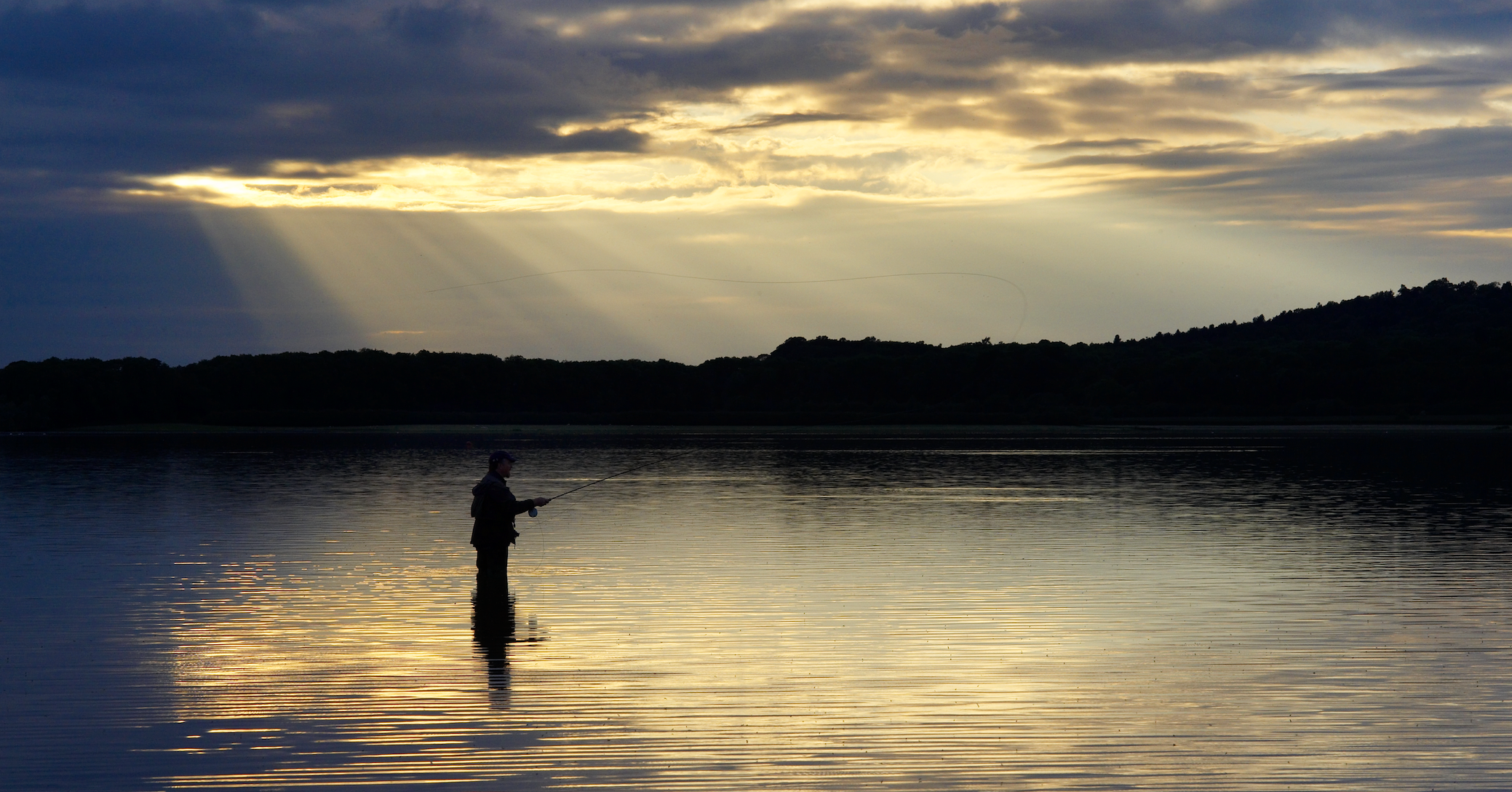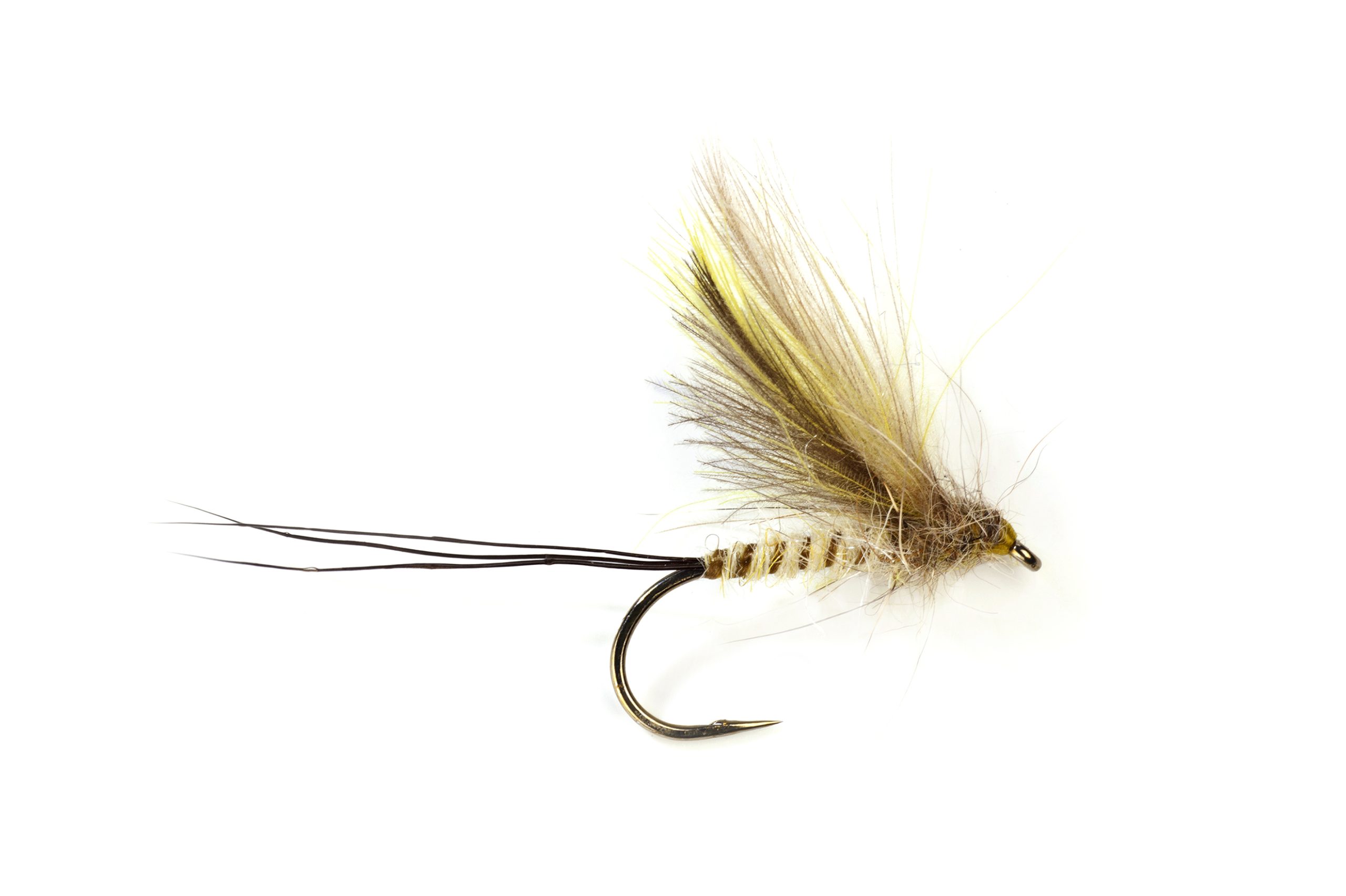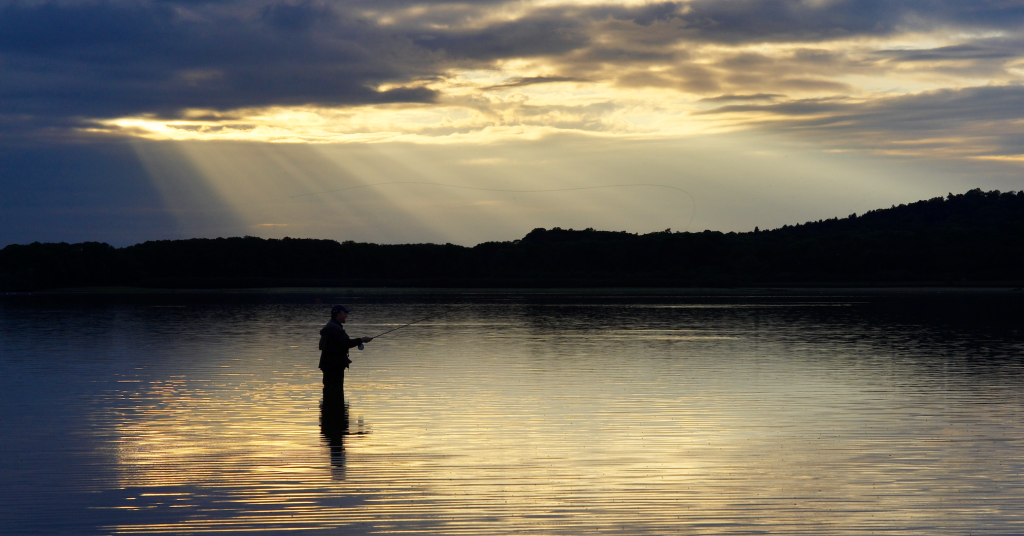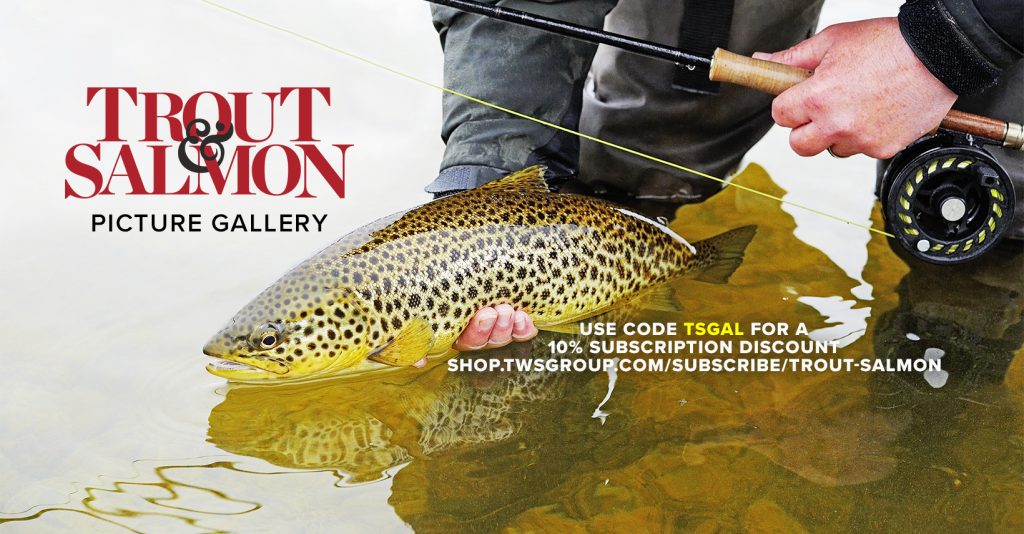News
Tips & Advice
Trout
Successful dry fly tactics for trout
Welsh maestro Gareth Jones explains the methods he uses to beat drag and catch more fish on stocked and wild waters
Would you like to appear on our site? We offer sponsored articles and advertising to put you in front of our readers. Find out more.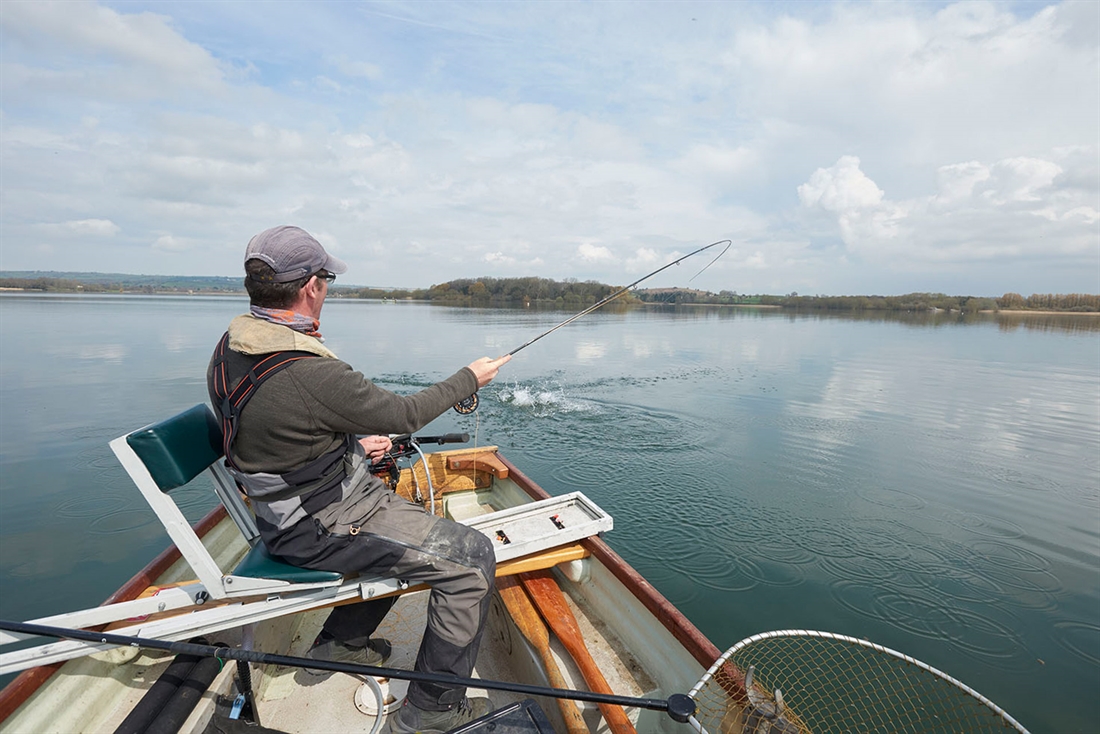
If you fish a dry-fly on a river, the fly must drift with the current like a natural insect. If the fly drags, held back by tension in the leader and causing ripples, you are unlikely to fool a trout. So why do many anglers fish on stillwaters with teams of dry-flies and not give drag a second thought?
Stillwaters have currents, too, and undertow, and the larger the water, the greater these movements. When you add wind and a drifting boat, the drag caused is even more significant. A breeze or tow on a stillwater will move food downwind in the same way as a current on a river will move it downstream.
There are times when movement imparted to a dry-fly can attract stocked fish. Corixa- and daddy-feeders on reservoirs, and sedge-feeders on wild trout lochs, may take a retrieved dry-fly, but for most of the time dry-flies need to be presented in a manner that mimics the natural fly’s behaviour on the water at the point at which it is most vulnerable: in other words, when it’s static.
So, what can you do to reduce dreaded drag, and how can you change your approach to improve your success with dry-flies? The following fixes are the result of many years of fishing dry-flies on stocked and wild waters in the UK and Ireland.
Introduce slack line
To perform a slack-line cast, stop the rod tip high on the forward delivery and the fully extended fly-line and leader will bounce back towards you before it lands on the water. This slight easing back creates slack in the leader, enough for 2ft of drag-free drift. The technique is most suited to when there’s a light surface ripple which will give you more time before drag begins, or when you are covering a fish that is moving upwind. In the latter scenario, by the time drag has started, your fish will have either taken the fly or have moved upwind, in which case pick up the flies and deliver them a yard or so ahead of the fish.
Raise your rod tip
Holding your rod tip low to the water while fishing dry-flies is counter-productive, especially in a wave. Doing so exposes the short and more tensioned loop of line between the rod tip and the water to the rise and fall of the boat, which will cause your flies to drag. I also like to keep a high rod tip to reduce the chance of breaking the leader when lifting into a fish. If you hold your rod level with the water (or maybe higher, depending on the size of the wave) it creates more slack in the loop at your rod tip. This slack creates a delay when you lift into a fish so you don’t hit the take too quickly and snap the leader or pull the fly out of the fish’s mouth.
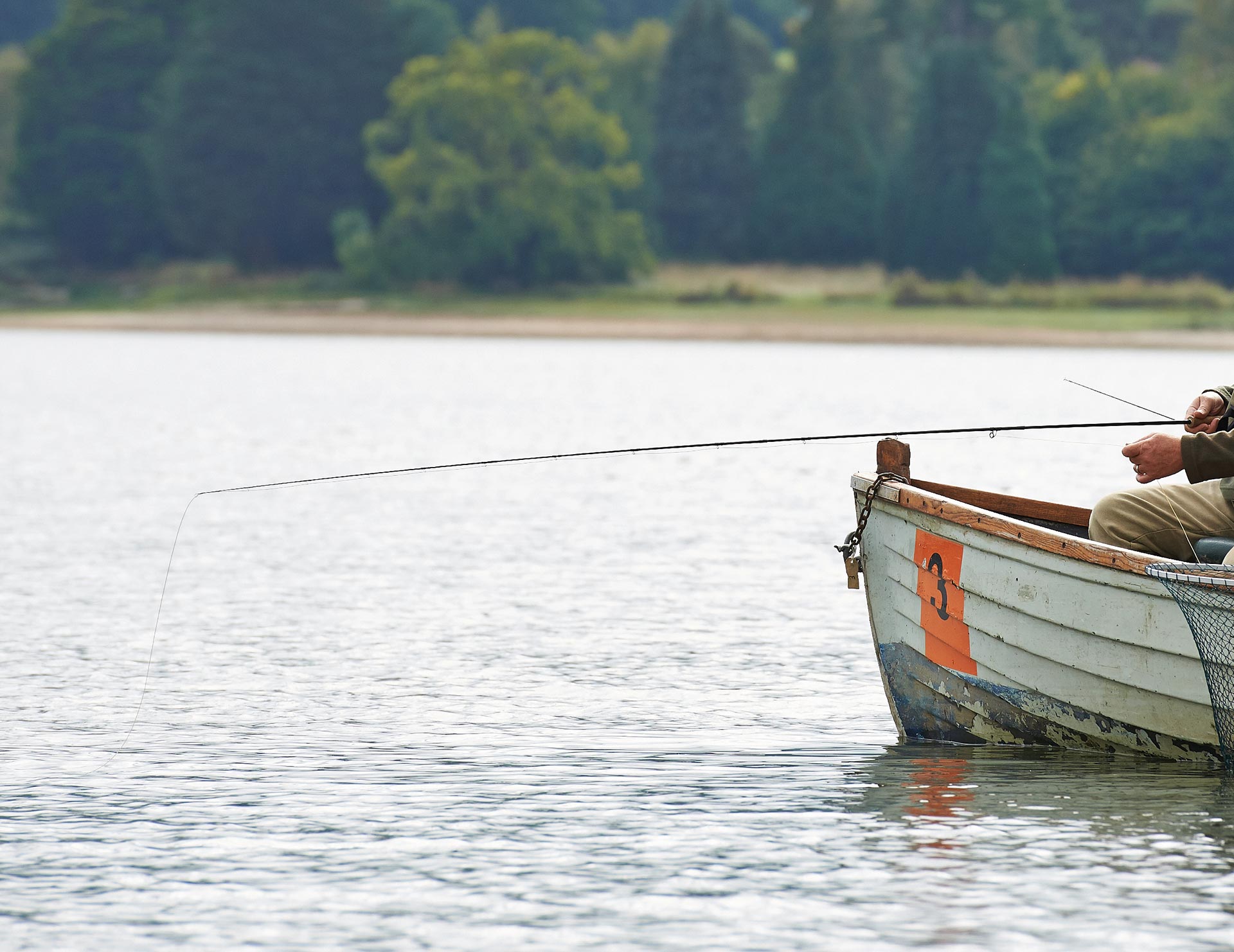
Cast across the wave
The normal technique of casting a team of three dry-flies directly downwind will create drag on all of the flies as each one in turn rises and falls on a wave.
To make your flies drift naturally it is often better to cast them across a big wave so that the flies are all riding it at the same time. They will rise together, and fall together, therefore reducing drag.
When combined with slack line and a high rod position (as above) your chances of success will significantly increase.

Keep your flies far apart
To beat drag I prefer to use only two flies. My dropper fly is 3ft from my floating polyleader and my point fly is a further 12ft beyond that — the point fly will get all the drift. Twelve feet may seem a long distance between flies, but the greater the gap, the better their drift — 12ft is the maximum length I can manage when landing a fish without the dropper becoming snagged in the rod tip.
When casting downwind from a drifting boat, I use a curve cast (watch demonstrations on YouTube) to position the point fly level with the dropper fly (in a light wind I can sometimes manage to get the point fly upwind of the dropper). This allows the point fly up to 12ft of unimpeded drift by using the dropper fly as an anchor as well as a sighter.
If you are fishing from the bow of a drifting boat this cast is trickier to perform. However, with a little practice it will give you a significant advantage
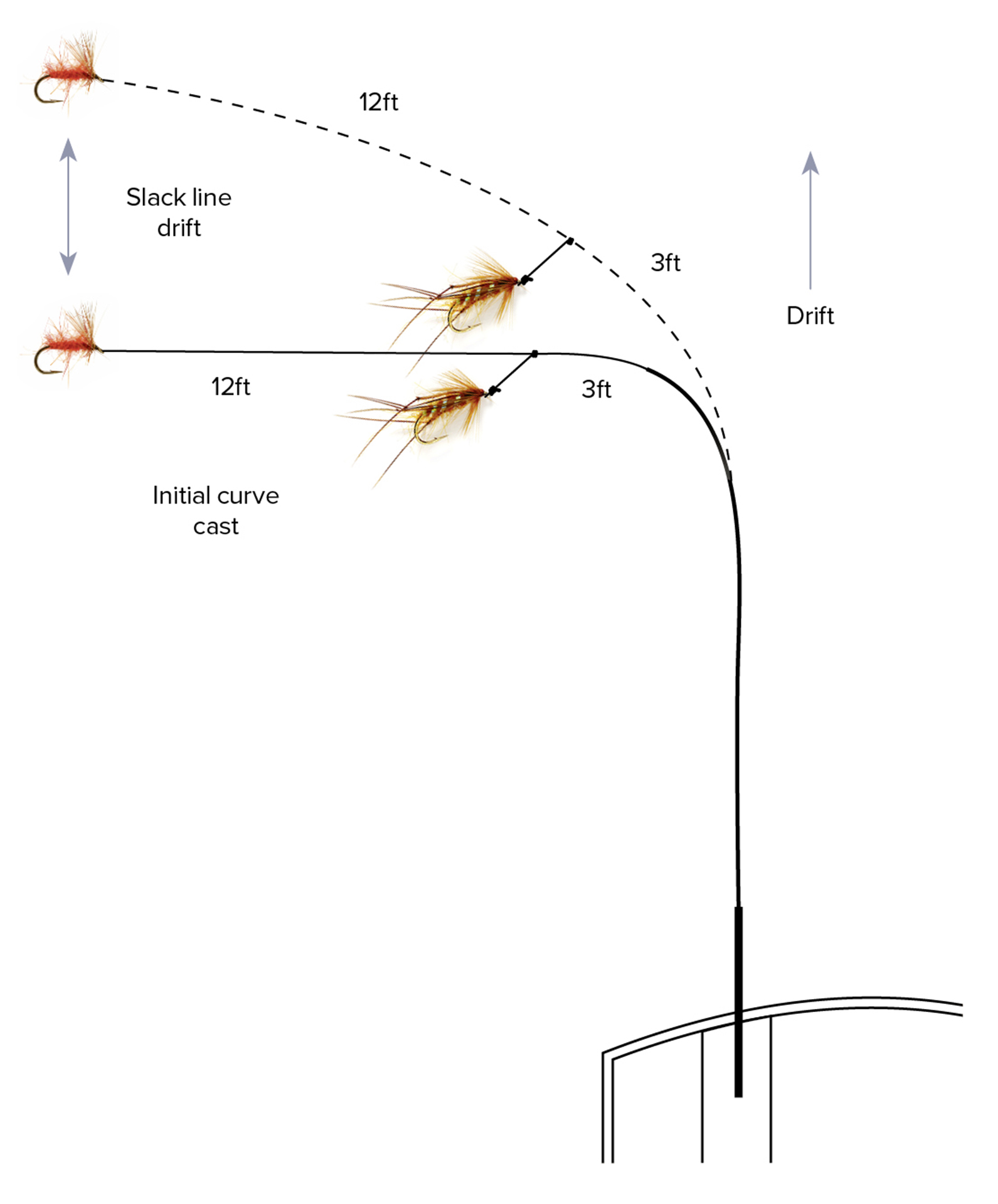
A lesson from Brenig
Llyn Brenig has taught me much about presentation and what’s needed to get fish to rise in difficult conditions. Brenig trout feed mainly on terrestrials so the fish are always looking up and often cruising at great depth to increase their window of vision. This means they have more time to see your offering and reject it. You often have no idea how many refusals you are getting, so presentation is critical. I soon realised that every time I got into a tangle or my leader was twisted even slightly, I would stop catching, but immediately after making up a new leader I would catch again. I now change my leader regularly throughout a day and as a result I definitely have more success than boat partners who stick with the same leader all day and suffer rejection after rejection.
| Dress your lines |
|---|
|
Fly-lines with the best water-repulsion properties will drift most effectively, but while every fly-line maker will tell you how high their new lines float, you can’t fish with a brand-new line on every trip. What you can do is grease the line regularly, to ensure it keeps repelling water. It will drift better, lift off the water more quietly, and help to set the hook quicker. The same is true of the 8ft polyleaders that I use. Yes, they have positive buoyancy and float, but adding Mucilin keeps them riding really high, which is critical when you are trying to drift flies. Photograph: Henry Gilbey |
Copolymer or fluorocarbon?
For years I have been committed to copolymer for dry-fly fishing and with good reason. It is much slimmer than fluorocarbon for a given breaking strain and its lower density allows flies to drift more freely. However, on more than one occasion on Brenig I didn’t fare as well as others who were fishing dry-flies on fluorocarbon as heavy as 13lb. It didn’t make sense to me.
Years later, I practised there for a competition. It was overcast with a very strong wind and the takes were coming in the first couple of seconds after the fly had landed — my copolymer was helping to extend the drift. I had confidence in my set-up.
On match day, after having good sport in cloudy conditions, the sun came out and my takes dried up. I told a teammate where the fish were, and he immediately started catching them despite the bright conditions. The penny finally dropped. He was fishing with fluorocarbon.
After a quick change to fluoro I started catching again despite the sun getting stronger and the wind increasing. Another very good dry-fly fisher, who was in the same area but sticking to copolymer, struggled. I had the proof I needed that fluorocarbon is best in bright conditions.
So, to clarify, I generally fish 4lb fluorocarbon in sunny conditions and light ripples, but in a bigger wave its higher density makes it dig into the surface too much. I use copolymer for cloudy conditions and strong winds to keep my flies drifting for as long as possible without drag.
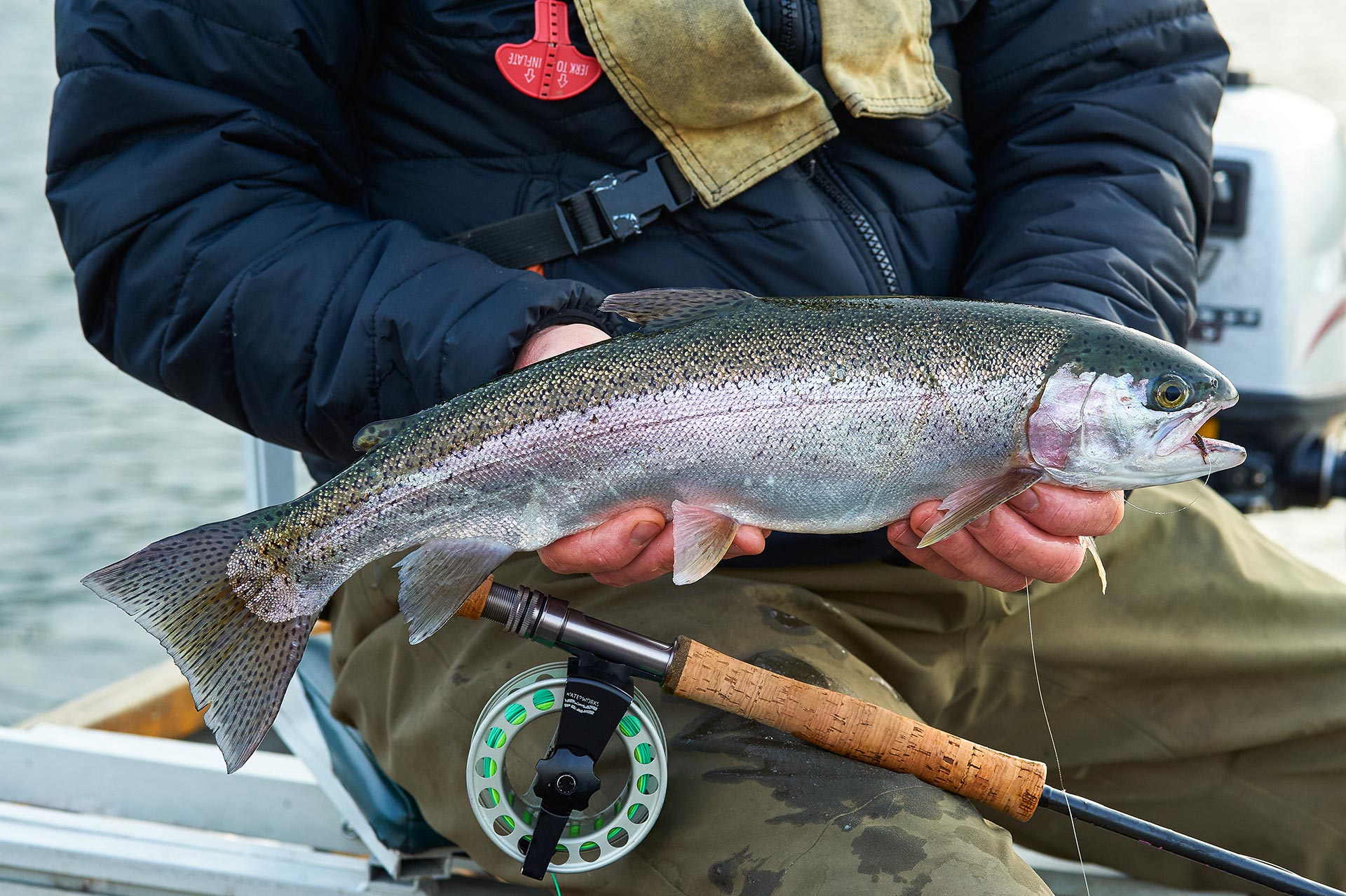
Discover the latest tactics from the UK’s leading fly-fishers every month in Trout & Salmon magazine. Subscribe or buy single issues here
Related articles
Stillwater
Better dry-fly fishing on reservoirs
To fish with a dry-fly on stillwaters, you need to set up your leader correctly. Paul Procter shows you how.
By Time Well Spent
Manage Consent
To provide the best experiences, we use technologies like cookies to store and/or access device information. Consenting to these technologies will allow us to process data such as browsing behavior or unique IDs on this site. Not consenting or withdrawing consent, may adversely affect certain features and functions.
Functional Always active
The technical storage or access is strictly necessary for the legitimate purpose of enabling the use of a specific service explicitly requested by the subscriber or user, or for the sole purpose of carrying out the transmission of a communication over an electronic communications network.
Preferences
The technical storage or access is necessary for the legitimate purpose of storing preferences that are not requested by the subscriber or user.
Statistics
The technical storage or access that is used exclusively for statistical purposes.
The technical storage or access that is used exclusively for anonymous statistical purposes. Without a subpoena, voluntary compliance on the part of your Internet Service Provider, or additional records from a third party, information stored or retrieved for this purpose alone cannot usually be used to identify you.
Marketing
The technical storage or access is required to create user profiles to send advertising, or to track the user on a website or across several websites for similar marketing purposes.

